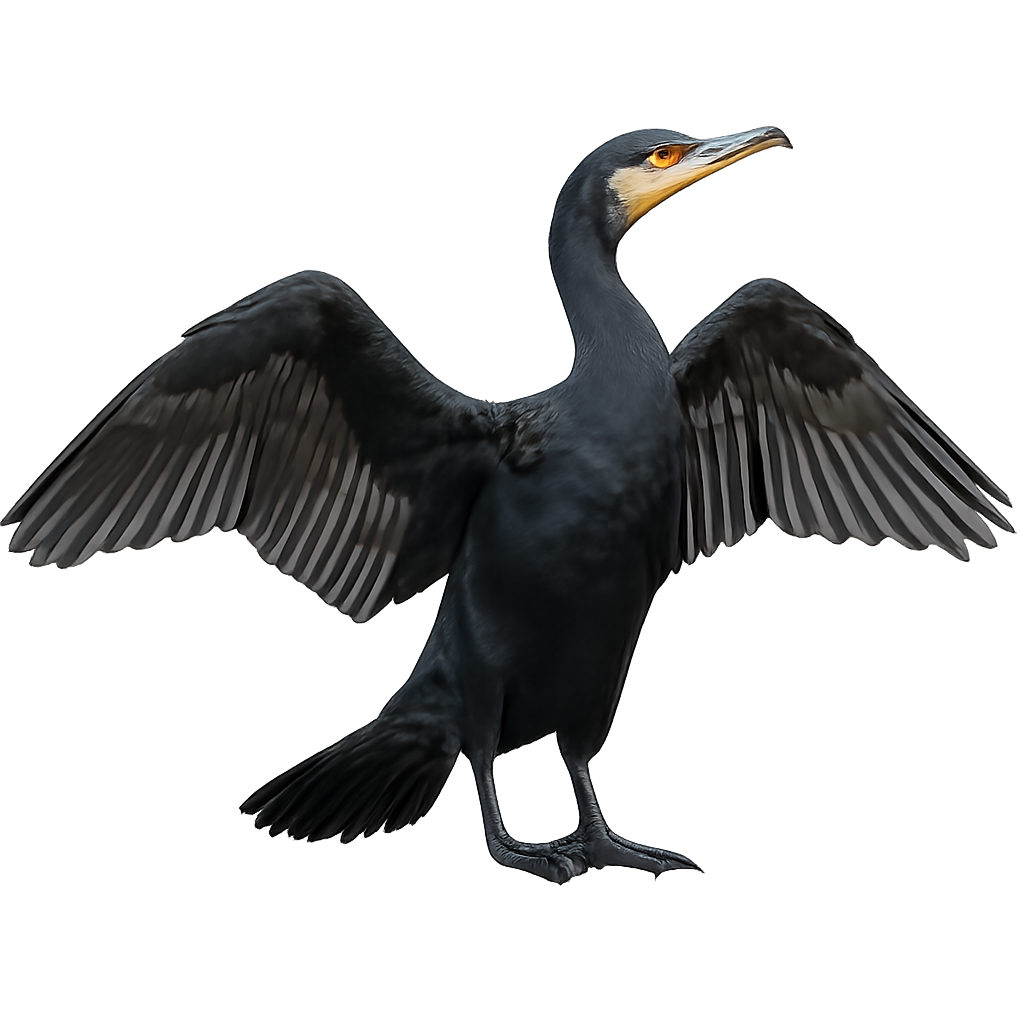Your wildlife photography guide.
Explore the great cormorant in detail, study its behavior, prepare your shots.
Where to observe and photograph the great cormorant in the wild
Learn where and when to spot the great cormorant in the wild, how to identify the species based on distinctive features, and what natural environments it inhabits. The WildlifePhotographer app offers tailored photography tips that reflect the great cormorant’s behavior, helping you capture better wildlife images. Explore the full species profile for key information including description, habitat, active periods, and approach techniques.
Great cormorant
Scientific name: Phalacrocorax carbo

IUCN Status: Least Concern
Family: PHALACROCORACIDAE
Group: Birds
Sensitivity to human approach: Suspicious
Minimum approach distance: 15 m
Courtship display: March to May
Incubation: 27-31 jours
Hatchings: April to June
Habitat:
Water bodies, lakes, rivers, freshwater and saltwater coasts
Activity period :
Primarily active during the day, with peak activity in the morning and late afternoon.
Identification and description:
The great cormorant is a large waterbird found across much of Europe, Asia, and North Africa. It is easily recognized by its glossy black plumage, long neck, and sharp, pointed beak. This cormorant primarily feeds on fish, which it catches by diving into the water, using its diving technique to capture prey underwater. The great cormorant is also an excellent swimmer and powerful flier.
Recommended lens:
300 mm – adjust based on distance, desired framing (portrait or habitat), and approach conditions.
Photography tips:
Photograph the great cormorant using a telephoto lens to capture its dives and fishing behavior. It is best to photograph early in the morning or late in the afternoon when the light is soft and the bird is more active. Be ready to capture the moment when the bird dives underwater or spreads its wings to dry its feathers in the sun.
The WildlifePhotographer App is coming soon!
Be the first to explore the best nature spots, track rutting seasons, log your observations, and observe more wildlife.
Already 1 430 wildlife lovers subscribed worldwide

